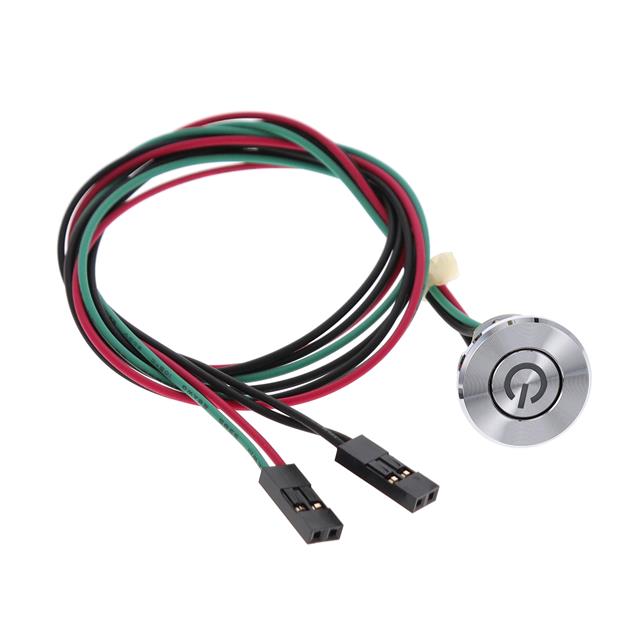TL1275 Series, Tactile Switches
Results:
6
Manufacturer
Series
Illumination Type, Color
Illumination Voltage (Nominal)
Operating Force
Operating Temperature
Actuator Height off PCB, Vertical
Ingress Protection
Termination Style
Actuator Type
Actuator Length, Right Angle
Circuit
Outline
Mounting Type
Switch Function
Actuator Orientation
Illumination
Features
Contact Rating @ Voltage
Results remaining:6
Applied Filters:
TL1275
About Tactile Switches
Tactile switches, also referred to as tactile push buttons, are electromechanical devices that serve the purpose of starting or stopping the flow of current in an electrical circuit. These switches are commonly used in various electronic devices and equipment.
One notable characteristic of tactile switches is their compact size. They are often designed to be very small, making them suitable for applications where space is limited. Despite their small size, tactile switches are highly reliable and efficient in their operation.
The functionality of a tactile switch is based on the use of an actuator. The actuator is a component of the switch that needs to be depressed or pressed in order to activate or deactivate the switch. This actuation can be done by applying force with a finger or any other suitable object.
When the actuator is pressed, it triggers the internal mechanism of the tactile switch, allowing current to flow through the circuit or interrupting the current flow. This action is accompanied by a tactile feedback, hence the name "tactile" switch. The feedback can be in the form of an audible click sound or a noticeable change in pressure felt by the user upon reaching the trigger point.
The trigger point is a crucial aspect of tactile switches. It refers to the specific level of force required to activate the switch. Depending on the design and intended application, tactile switches can have varying trigger points. The operating force required to activate these switches typically ranges from 50gf (gram-force) to 970gf. This range allows for flexibility in choosing the appropriate tactile switch for different applications, taking into consideration factors such as user comfort and desired level of responsiveness.
In summary, tactile switches are electromechanical devices that provide a means to start or stop current flow in electrical circuits. They are compact in size, activated by depressing an actuator, and offer feedback to the user through an audible click or a change in pressure at the trigger point. The operating force of these switches can vary, allowing for customization based on specific application requirements.




